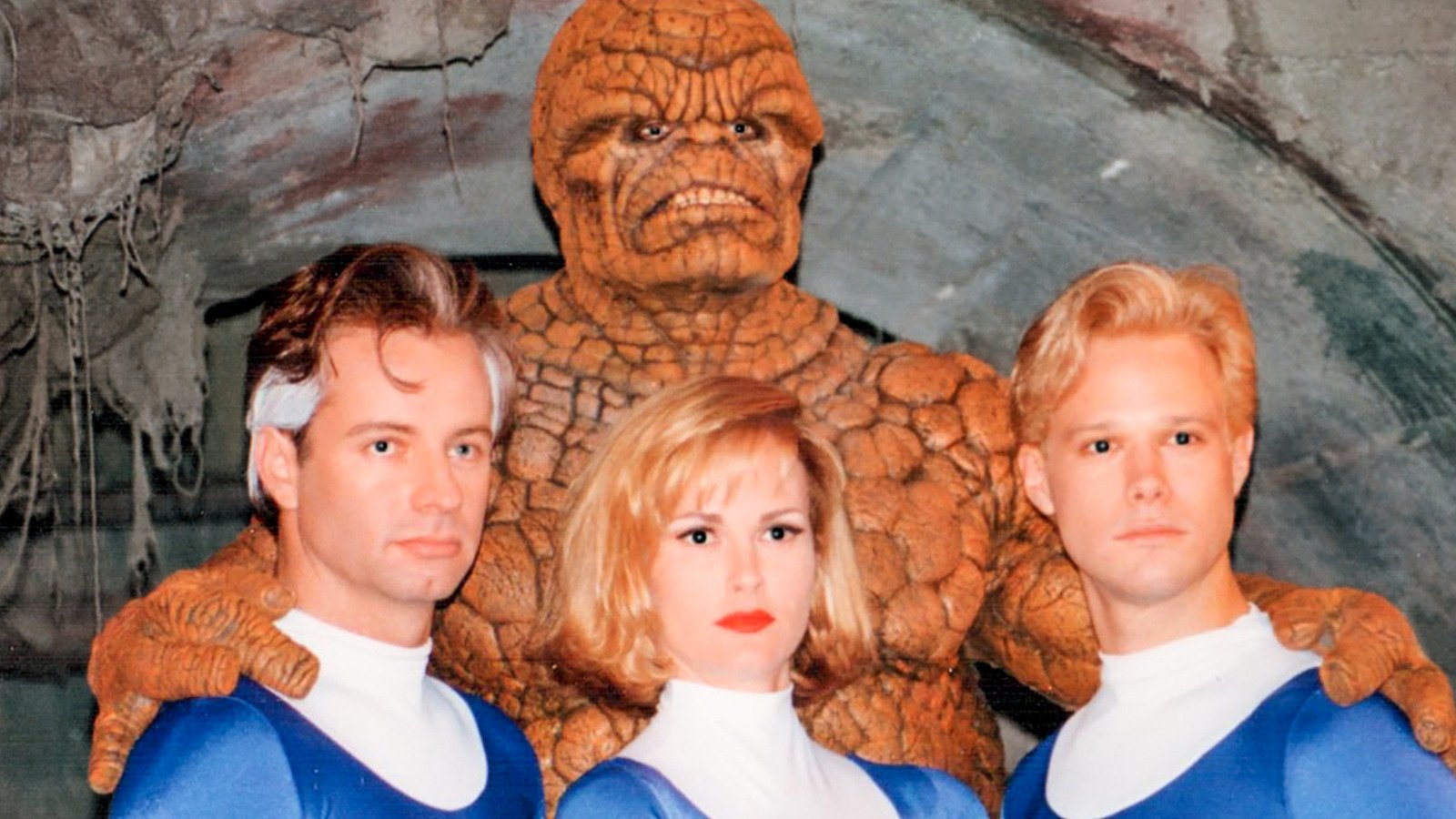
The 1994 Fantastic Four Film: Marvel’s Lost Treasure
In the ever-evolving landscape of superhero cinema, the Marvel Cinematic Universe has captivated audiences worldwide with its interconnected storytelling and high-budget productions. However, long before the Marvel juggernaut took the world by storm, there existed a lesser-known chapter in the Fantastic Four’s cinematic history – a film that was meant to be forgotten, but has since resurfaced as a curious relic of the past.
The year was 1994, and the Marvel universe was in a very different place. The company was facing financial struggles, and in a bid to generate much-needed revenue, they had sold the film rights to many of their iconic characters to various studios. This included the Fantastic Four, whose rights were acquired by a German producer named Bernd Eichinger in the 1980s.
A Race Against Time: The Forgotten Fantastic Four Film
Eichinger, determined to maintain his hold on the Fantastic Four rights, found himself in a race against time. He had until 1992 to produce a Fantastic Four film, or the rights would revert back to Marvel. Faced with this deadline, Eichinger teamed up with legendary B-movie producer Roger Corman to create a low-budget adaptation of the beloved superhero team.
With a meager budget of just $1 million, the production of this Fantastic Four film was a far cry from the blockbuster spectacles we’ve come to expect from Marvel. Nonetheless, the filmmakers assembled a cast of relative unknowns, including Alex Hyde-White as Reed Richards, Rebecca Staab as Sue Storm, Jay Underwood as Johnny Storm, and Michael Bailey Smith as Ben Grimm (a.k.a. The Thing).
The story followed the familiar origin tale of the Fantastic Four – a group of friends who gain extraordinary powers after a cosmic accident during a space mission. In this version, the team must not only come to terms with their newfound abilities but also face off against the villainous Doctor Doom, played by Joseph Culp, as well as a new antagonist, the Jeweler, who steals a crucial diamond that triggers the Fantastic Four’s transformation.
A Film Destined for Obscurity
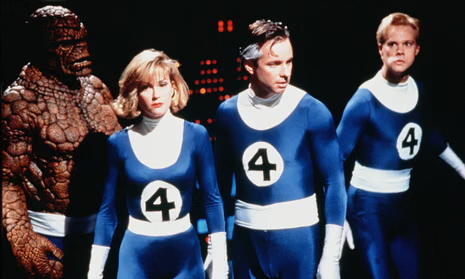
Despite the best efforts of the cast and crew, the 1994 Fantastic Four film was never intended for a wide theatrical release. Eichinger’s sole purpose was to maintain the film rights, and as such, the movie was never given a proper marketing campaign or distribution plan. In fact, it was never officially released at all – the film simply “leaked” and found its way into the hands of fans through bootleg copies and underground screenings.
This lack of official release has led to the film’s obscurity, with many Marvel fans unaware of its existence. However, for those who have discovered this cinematic relic, the reactions have been mixed. Some view it as a curiosity, a glimpse into the early days of superhero filmmaking, while others dismiss it as a low-budget disaster, unworthy of the Fantastic Four name.
Rediscovering the 1994 Fantastic Four Film
In recent years, the 1994 Fantastic Four film has experienced a resurgence of interest, thanks in part to the release of a documentary titled “Doomed: The Untold Story of Roger Corman’s The Fantastic Four.” This documentary delves into the behind-the-scenes drama and the reasons why the film was never officially released.
The documentary features interviews with the film’s producers, director, and even some of the actors, providing a unique perspective on the project. It sheds light on the financial struggles of Marvel at the time, as well as the legal and creative challenges that plagued the production.
For fans of the Fantastic Four, the documentary and the rediscovery of this lost film have been a fascinating exploration of the character’s cinematic history. It offers a glimpse into a parallel universe where the Fantastic Four’s big-screen debut was vastly different from the high-profile adaptations that would come later.
Assessing the 1994 Fantastic Four Film
So, how does the 1994 Fantastic Four film hold up in comparison to its more well-known counterparts? The consensus among fans and critics is that it’s a mixed bag, with both strengths and weaknesses.
On the positive side, the film’s cast is often praised for their earnest performances, with the actors seemingly giving their all despite the limited resources. The portrayal of Doctor Doom, in particular, is considered one of the film’s highlights, with Joseph Culp capturing the character’s menacing presence and obsession with Reed Richards.
Additionally, the film’s adherence to the Fantastic Four’s comic book origins is commendable. The origin story is faithfully adapted, with the team gaining their powers through a cosmic accident during a space mission. This attention to detail resonates with fans who appreciate the film’s attempt to stay true to the source material.
However, the film’s low budget is undeniably evident in its production values. The visual effects, particularly the depiction of the team’s powers, are often criticized as being dated and unconvincing, even for the time period. The action sequences, too, are generally considered lackluster, with a distinct lack of the grand spectacle that has become synonymous with modern superhero films.
Despite these shortcomings, the 1994 Fantastic Four film has its defenders, who argue that it should be viewed within the context of its era. At a time when the superhero genre was still finding its footing in cinema, this film represents an early attempt to bring the Fantastic Four to the big screen, even if the execution fell short of the team’s iconic status.
The Legacy of the 1994 Fantastic Four Film
While the 1994 Fantastic Four film may not have achieved the same level of acclaim or success as its more recent counterparts, it has nonetheless left an indelible mark on the character’s cinematic history. The film’s obscurity and the circumstances surrounding its production have transformed it into a sort of “lost treasure” for Marvel fans, a relic of a bygone era that offers a unique perspective on the evolution of superhero cinema.
The film’s legacy is further cemented by the release of the “Doomed” documentary, which has helped to shed light on the behind-the-scenes drama and the reasons why this Fantastic Four adaptation was never officially released. The documentary has not only sparked renewed interest in the film but has also provided a valuable historical context for understanding the challenges and obstacles that Marvel faced in the early days of its cinematic ventures.
For fans who have discovered the 1994 Fantastic Four film, it represents a fascinating piece of Marvel history, a glimpse into an alternate timeline where the team’s big-screen debut took a very different path. While it may not be the definitive Fantastic Four film, it serves as a reminder of the humble beginnings of the superhero genre and the perseverance of Marvel in navigating the ever-changing landscape of the entertainment industry.
Embracing the Fantastic Four’s Cinematic Diversity
The 1994 Fantastic Four film may not be the most polished or well-known adaptation of the beloved superhero team, but it nonetheless holds a unique place in the character’s cinematic history. As the Marvel Cinematic Universe continues to expand and evolve, it’s important to remember the diverse and often overlooked entries that have come before, each offering a different perspective on the Fantastic Four’s enduring legacy.
Whether you view the 1994 film as a curiosity or a hidden gem, it serves as a testament to the resilience and creativity of the Fantastic Four, a team that has captured the imaginations of fans for decades. By embracing the diversity of the Fantastic Four’s cinematic adaptations, we can gain a deeper appreciation for the character’s rich history and the ever-changing landscape of superhero storytelling.
So, if you’re a die-hard Fantastic Four fan or simply a lover of cinematic curiosities, be sure to seek out the 1994 film and the “Doomed” documentary. It may not be the most polished or well-known entry in the Fantastic Four’s filmography, but it’s a fascinating chapter that deserves to be explored and celebrated.
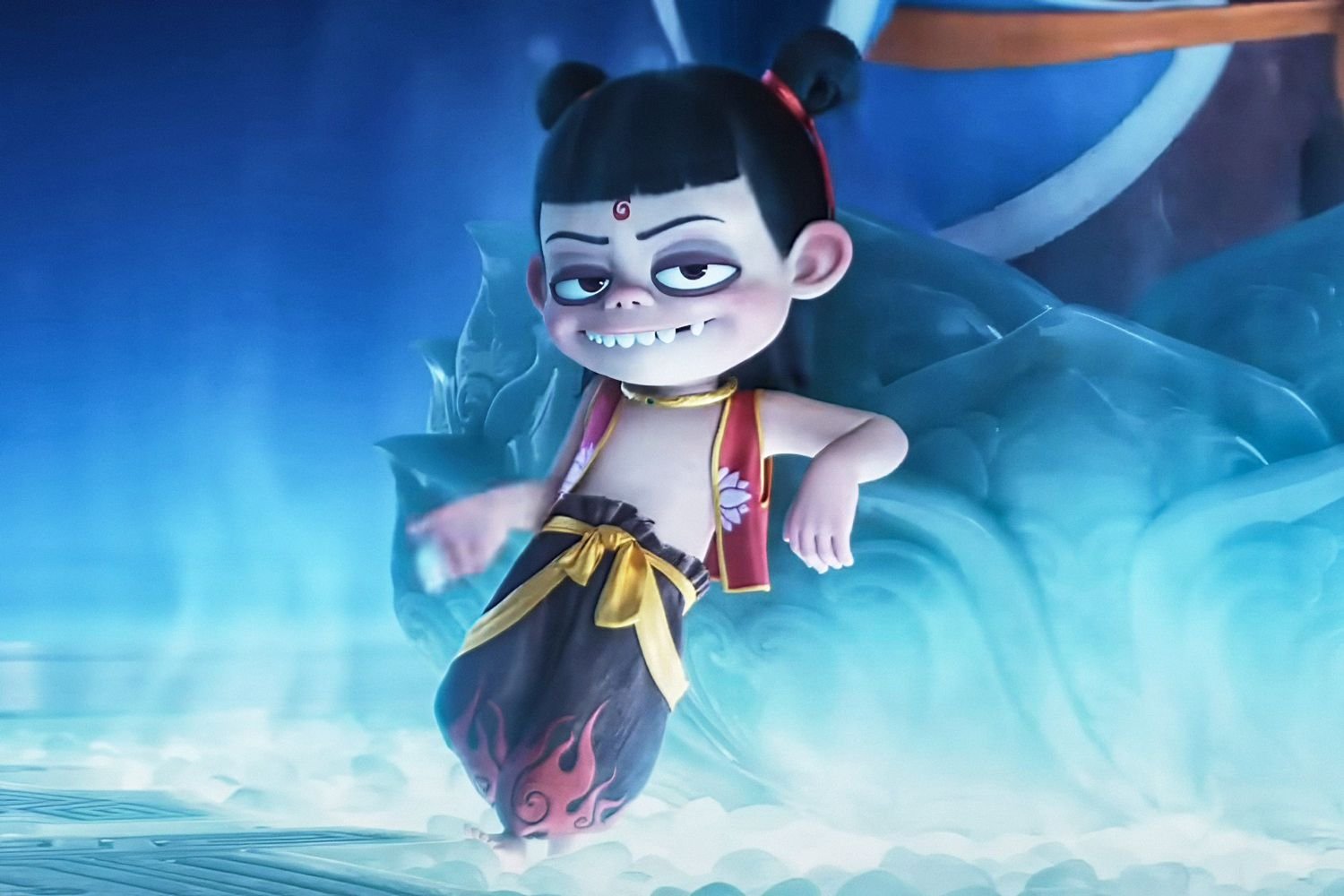
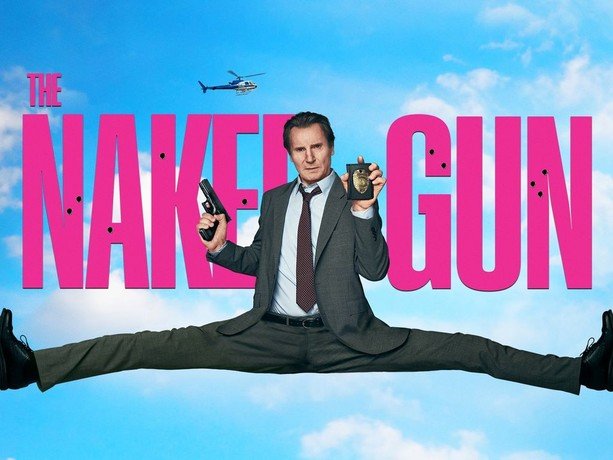
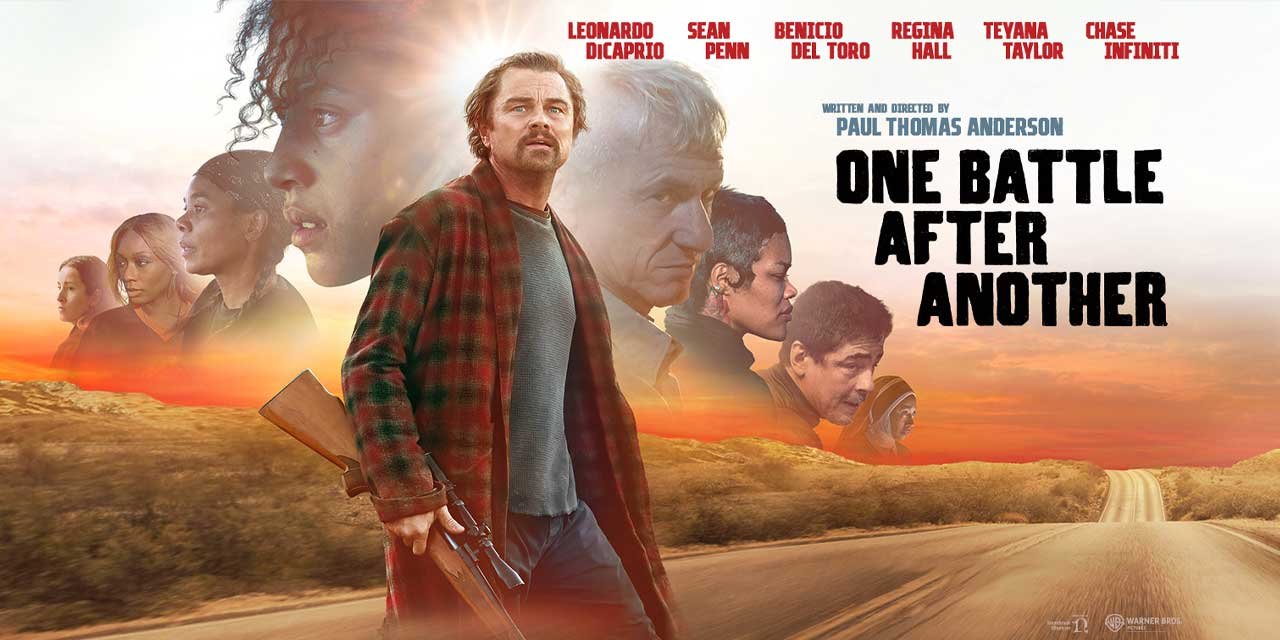
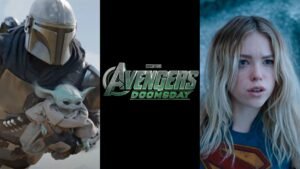





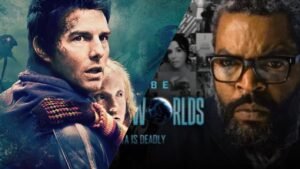

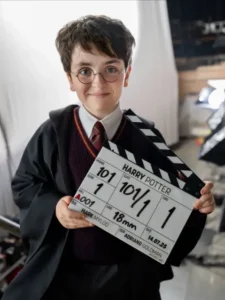

Publicar comentário